In recent years, the term service design has received widespread attention and vast promulgation in China. Not only have the relevant theories been shared at various design industry conferences, but service design has also emerged in business and academia.
Service design has existed in Europe for over 10 years while it just recently started in China. Standing at the turning point in the era of China's economic transformation, service design is undergoing realignment due to the current growth of the industry and the popularity of the Internet in China.
In 2017, Successful Design conducted numerous in-depth interviews with domestic and international experts to discuss the development and future trends of service design in China and to select valuable domestic service design case studies for added research.
This article consolidates the experts' views and thoughts on China's service design, to provide readers with a collective reference to the industry.
Digital intervention
In the age of the Internet, the approach of digitizing service design is constantly enriched.
- Technology intervention. The integration of technology can quickly expand services coverage. However, merely building an app is not technology intervention in terms of service design, which is one common misunderstanding. Technologies are but one means to realize services. Real service design incorporates apps among other technologies to ensure stakeholders can collaborate more efficiently.
- Data intervention. The core of service design is to grasp the needs of the users, and currently, big data collection can effectively quantify users’ information and needs. Many companies are adopting the use of large datasets, providing new possibilities for service innovation through big data analytics.
- Social media intervention. In such an information age, everyone is a citizen of social media. Social media can quickly spread and expand the value of services, establish a user base, and collect feedback from users.


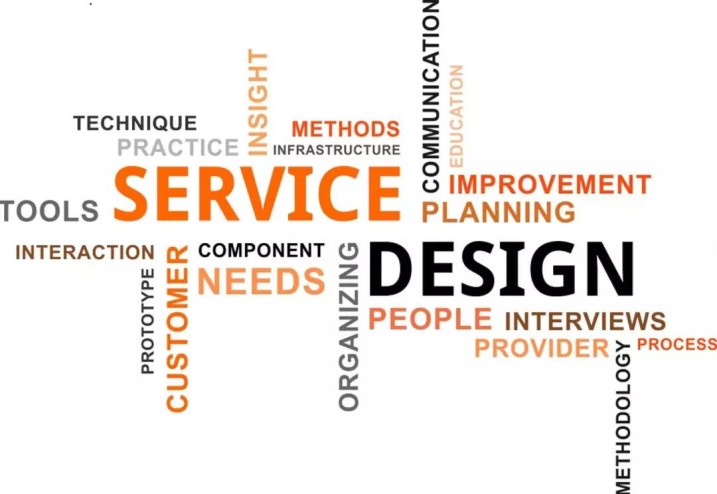

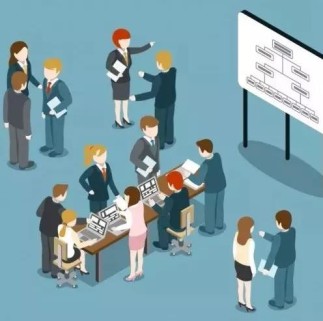
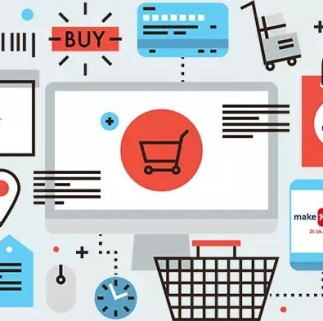
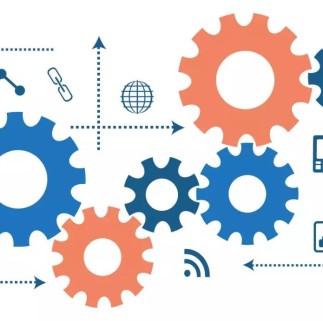

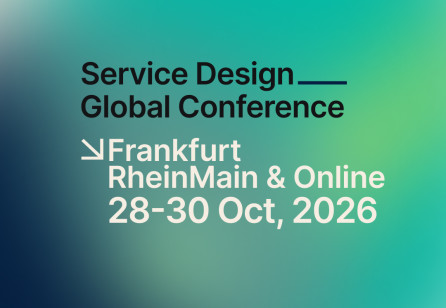
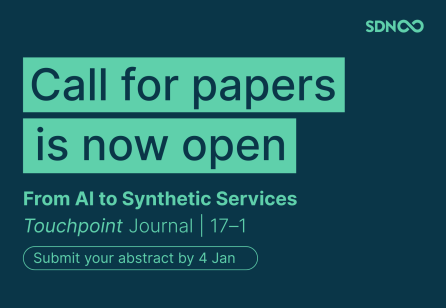
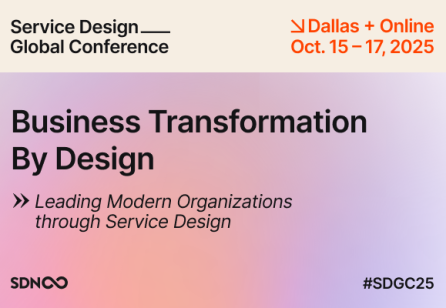


Share your thoughts
0 RepliesPlease login to comment